Even in today’s increasingly wireless world, most IT equipment requires an AC power cord.
When you installed your servers, routers or other devices, you connected the power cables and probably haven’t thought about those cords since. But there are several good reasons to consider replacing or upgrading the power cords on your equipment.
Age, Wear and Tear:
Worn cords can cause fires, electric shocks or the possibility of electrocution. Most computers and servers use standard C13 power cords, with an IEC-320-C13 connector to the server and a NEMA 5-15P (Type B) plug for input to the PDU or power source. Some server applications require a heavy-duty cable with a twist-lock plug such as a NEMA L6-20P that plugs into a compatible receptacle. A locking plug helps ensure equipment doesn’t get unplugged accidentally.
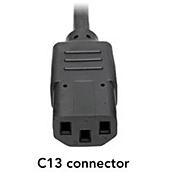
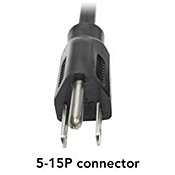
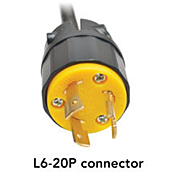
Length:
A longer cord or an extension cord provides more flexibility in placement, allowing you to move and position equipment where it is most efficient and convenient. On the other hand, a shorter cord reduces cable clutter, makes it easier to identify which piece of equipment is plugged into which receptacle and reduces tripping hazards when cords are longer than they need to be.
Amperage Rating and Wire Gauge:
Equipment drawing more current (amps) requires thicker power cords with higher amperage ratings (the limit on the current the cord can conduct safely). The higher the amperage rating, the lower the AWG numbers. The total length of the cord must also be taken into consideration; longer distances require cords with higher amperage ratings because electrical resistance increases as the length of the cord increases. Consult your device’s owner’s manual before choosing a new power cord or extension cord to ensure you select a suitable cord for your equipment.
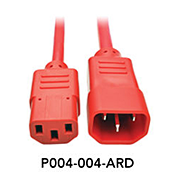
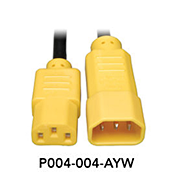
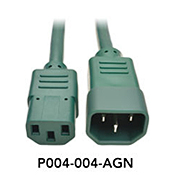
Color:
Consider replacing your standard black cords with color-coded cords for different types of equipment, applications or maintenance requirements. For example, you can help prevent downtime caused by human error by using a red power cord plug for mission-critical equipment that should never be unplugged, a yellow power cord for equipment needing management confirmation prior to being unplugged and a green power cord for equipment that can be unplugged temporarily.





